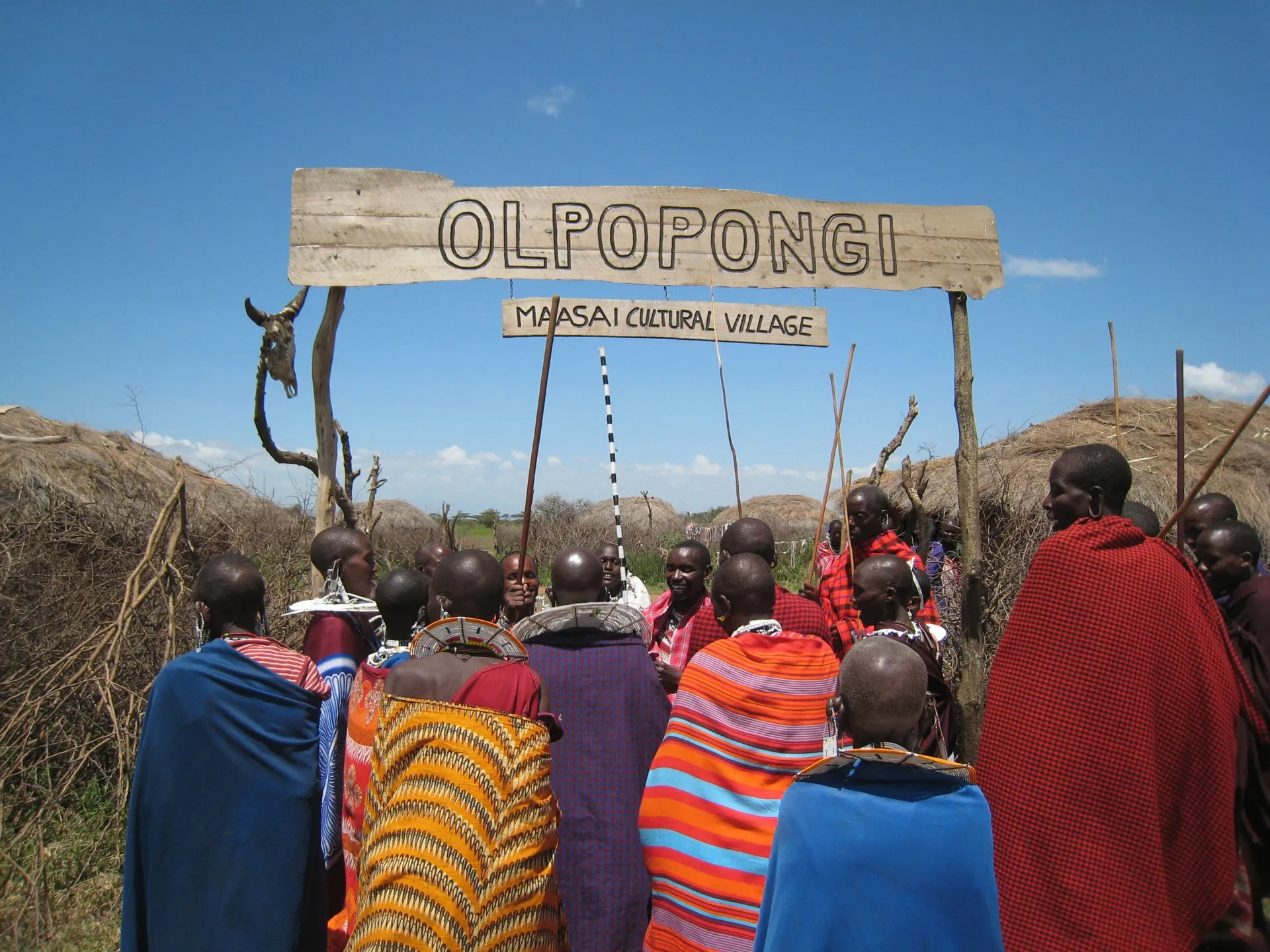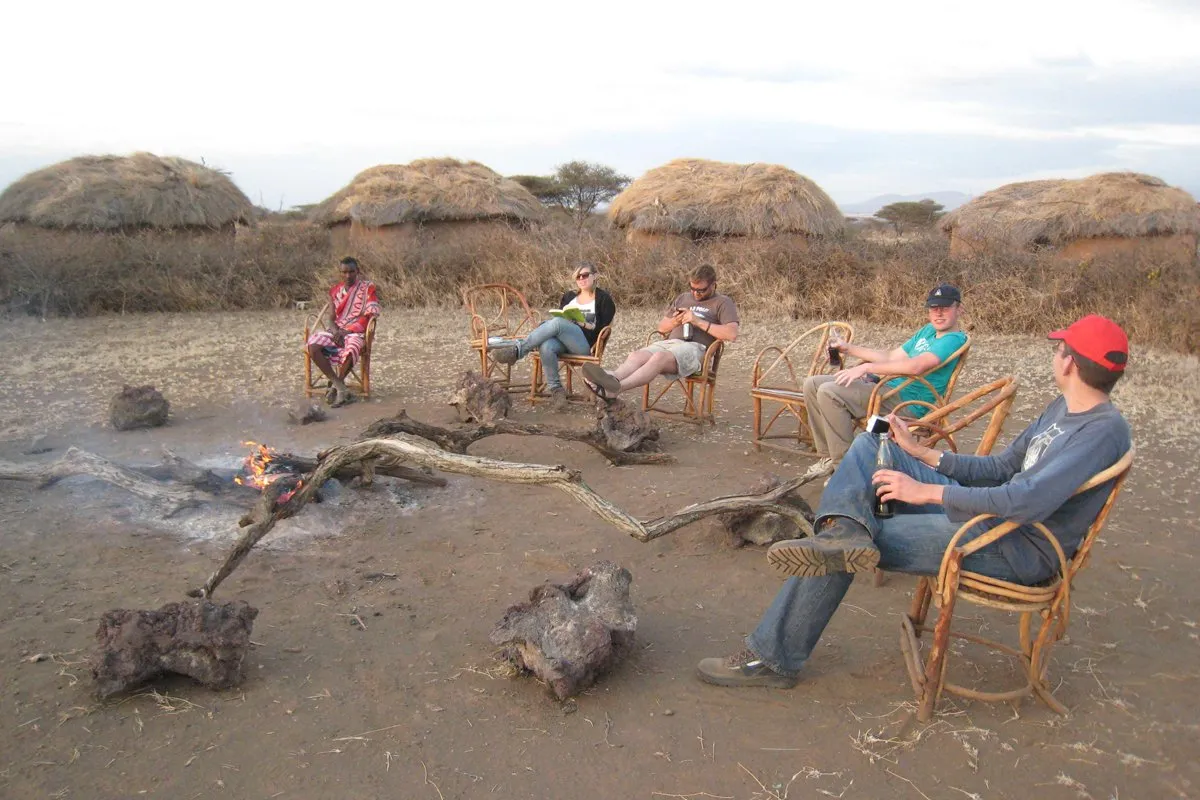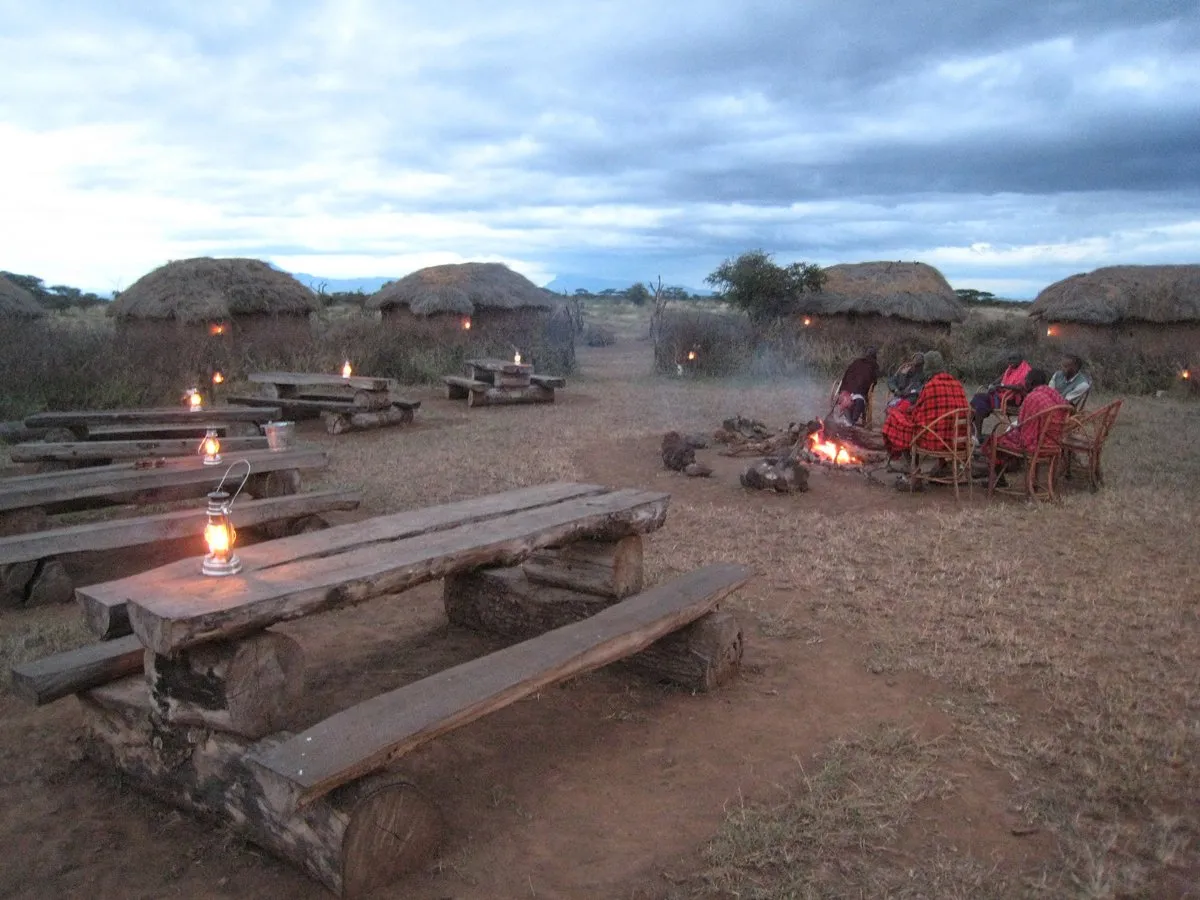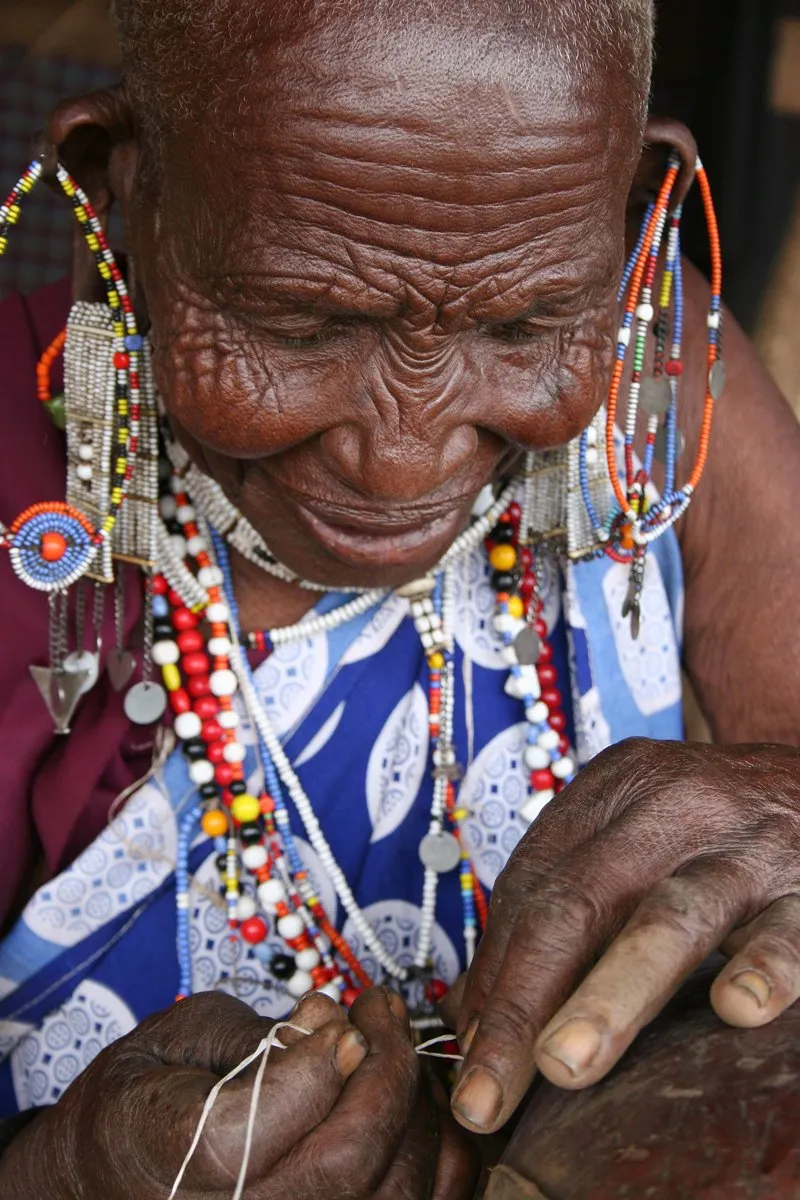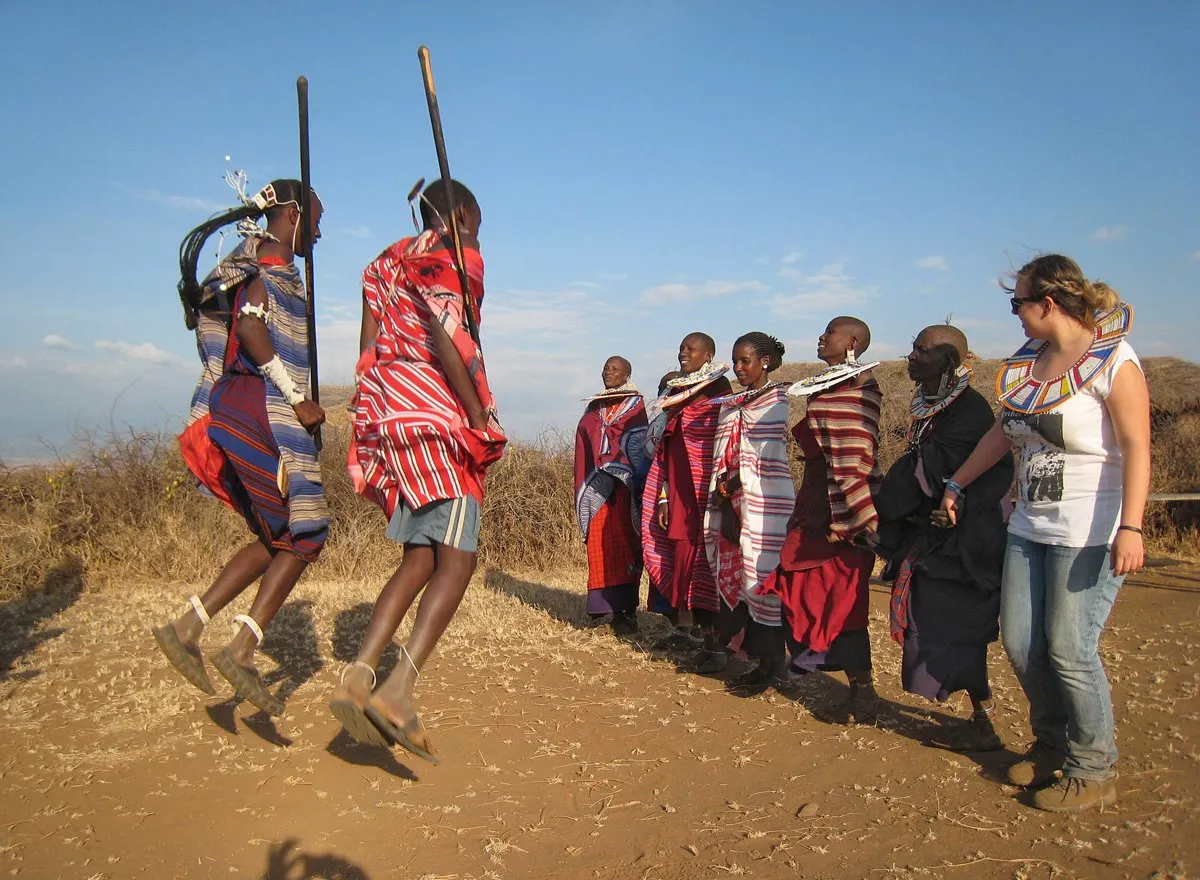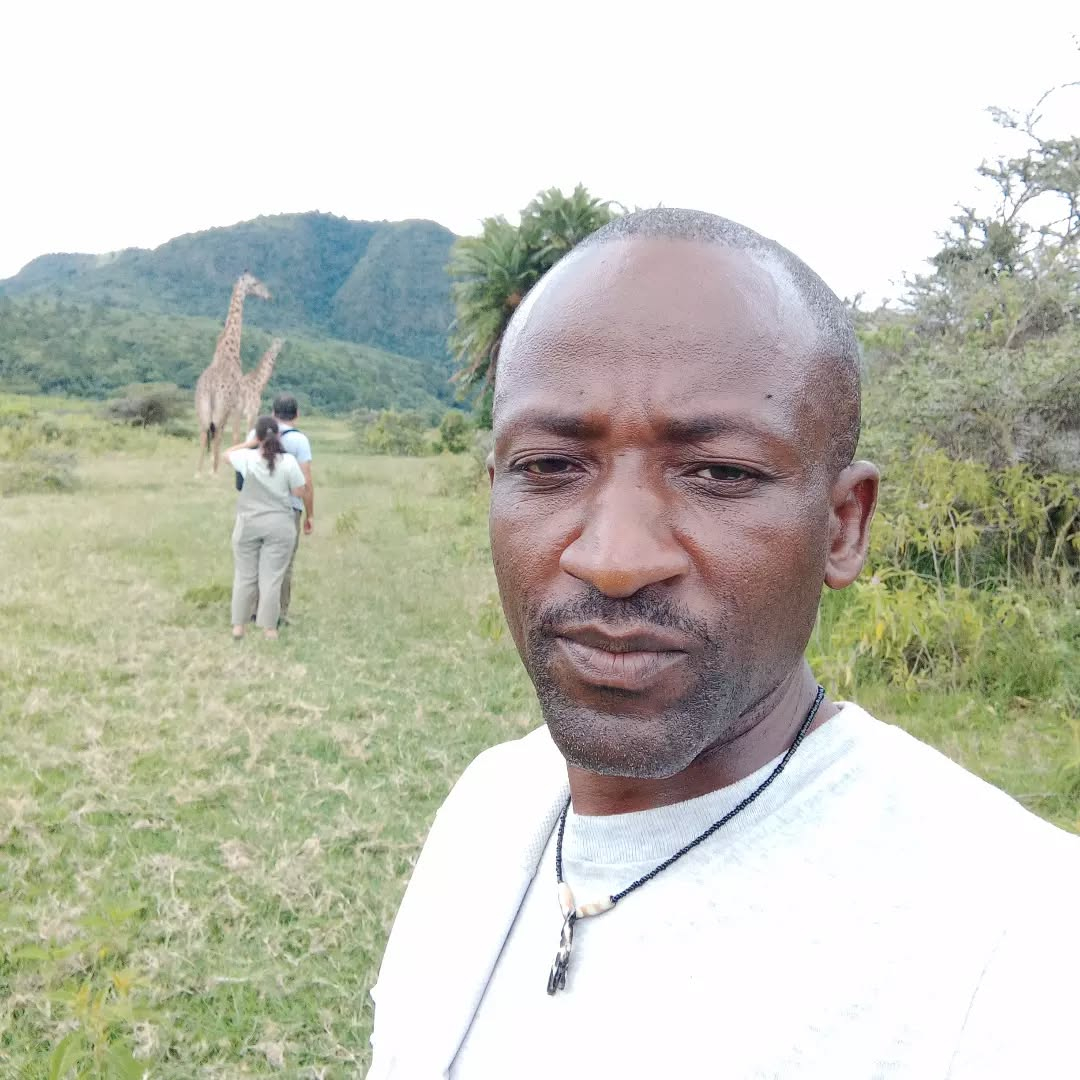Overview
Arusha 1 Day Cultural Tour Olpopongi Maasai Cultural Village is a visit to an authentic Maasai Village and Museum where you get a unique Maasai and wildlife experience. The cultural day tour from Arusha to Olpopongi Masai Village includes learning about the Masai Culture by taking a tour of the village and museum. This is followed by a traditional Masai lunch and later a guided foot safari in the Maasai territory to learn about the hunting techniques and the natural medicine that the Masai have used for centuries. Olpopongi Masai Village is located in West Kilimanjaro Masai-land about a 2-hour drive (85 km) from Arusha town or (1.5 hours) drive 74 km from Moshi town.
Our day tour starts with pick-up from Arusha for a 2-hour drive through the beautiful countryside of West Kilimanjaro. Depending on the season you can see animals such as zebras and elephants along the way and on clear days you will have amazing views of Mount Kilimanjaro and Mount Meru. Once we reach Olpopongi we are welcomed by the local Maasai with a traditional welcome song and dance followed by a guided walk around the village. The guides will then take you to the precious little museum, where you will learn about the history, social organization, and tools of the Maasai people.
A traditional Tanzanian lunch will be served between our lessons to give you enough energy for an exciting afternoon. Later in the afternoon, we visited a midwife and herbalist in one of the huts. You will learn about everyday life in a Maasai village. After this very spiritual meeting, we have a short break that you can use for some jewelry shopping or a coffee and tea break. Another highlight will be a bush walk to discover endemic plants and their usage by the Maasai people after we board our vehicle and return to Arusha.
Learn about the History of the Masai Tribe: It is thought that the Maasai’s ancestors originated in North Africa, migrating south along the Nile Valley and settling over almost all of the land in the Rift Valley as well as the adjacent land from Mount Marsabit to Dodoma.
Learn about Maasai Historical Changes: After settling in grazing lands more than two-thirds of the Maasai’s land in Tanzania was taken away by the British and the Tanzania government to create both ranches for settlers and Tanzania’s wildlife reserves and national parks.
Learn about Maasai Culture: To be a Maasai is to be born into one of the world’s last great warrior cultures. From boyhood to adulthood, young Maasai boys begin to learn the responsibilities of being a man (herder) and a warrior. The role of a warrior is to protect their animals from human and animal predators, to build kraals (Maasai homes), and to provide security to their families.
Learn about Maasai Homes: Since the Maasai lead a semi-nomadic life, their houses are loosely constructed and semi-permanent. They are usually small, circular houses built by women using mud, grass, wood, and cow dung. The men build fences and sheds for the animals.
Learn about Maasai clothes, dressing, and beauty: Though they traditionally dressed in animal skins, Maasai women with beaded jewelry – everyday Maasai dress today, typical Maasai dress consists of red sheets, (shuka), wrapped around the body and loads of beaded jewelry placed around the neck and arms. These are worn by both men and women and may vary in color depending on the occasion.
Learn about Maasai faith and religion: In their monotheistic traditional beliefs, the Maasai god (Enkai or Engai) was manifested in two forms: the black god, who was benevolent; and the red god, who was vengeful. Today most of the Maasai tribe is Christians and a minority is Muslims.
Learn about Maasai food: All of the Maasai’s needs for food are met by their cattle. They eat the meat, drink the milk, and, on occasion, drink the blood.
Bulls, oxen, and lambs are slaughtered for meat on special occasions and for ceremonies. The by-products of the animals – skin, and hides – are used as bedding while cow dung is used for building (it is smeared on the walls).
Learn about The Maasai tribe today: The effects of modern civilization, education, and Western influence have not completely spared this unique and interesting tribe.
Some of the Maasai tribe’s deep-rooted culture is slowly fading away. Customs, activities, and rituals such as female circumcision and cattle raiding have been outlawed by modern legislation. Maasai children now have access to education and some Maasai have moved from their homeland to urban areas where they have secured jobs. It’s a culture that is eroding quickly.

